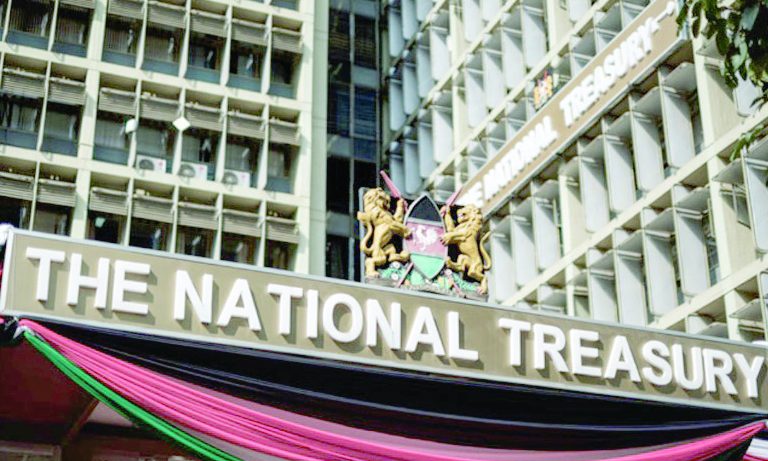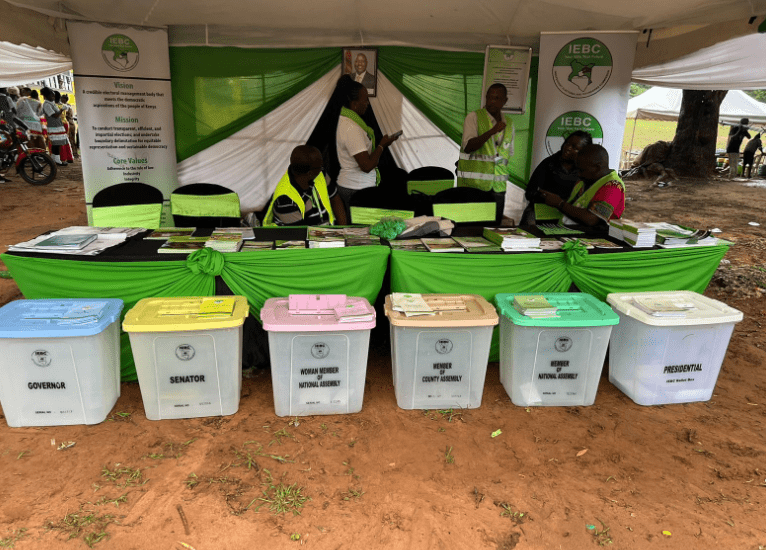Budget: Let’s not prop up bloated public sector

With the 2025/26 Finance Bill awaiting Parliament’s input before public participation, it is imperative to emphasise that Kenya must urgently shift its fiscal priorities away from excessive recurrent expenditure and toward meaningful development spending, to realise sustainable economic growth and meaningful transformation.
President Ruto’s proposed Sh4.3 trillion budget allocates just Sh300 billion – less than seven percent – for development initiatives.
This is alarmingly low for a country grappling with high poverty levels, rising youth unemployment, inadequate infrastructure, and limited access to essential services such as healthcare and education.
Development spending is the engine of economic progress because strategic investments in roads, schools, hospitals, energy, and water systems do more than deliver basic services – they enhance productivity, attract private investment, create employment, and broaden the tax base.
Every shilling spent on development has a multiplier effect, stimulating the economy and improving livelihoods countrywide. But in stark contrast for Kenya, it is recurrent spending – estimated at Sh1.3 trillion – and interest payments on debt – another Sh1.1 trillion – that will consume the bulk of public funds.
Such skewed allocations signal trouble and questions arise about this tendency to spend more to sustain a bloated public sector and repay past debts than on investing in its future. For economic growth, it is development that must take precedence.
This fiscal imbalance is further compounded by weak revenue performance from the taxman as companies close shop due to the high cost of doing business. While the government projected Sh3.3 trillion in revenue for the current financial year, the Kenya Revenue Authority had collected only Sh1.243 trillion by December. Even under optimistic projections, collections may just hit Sh2.6 trillion – still significantly short of the target.
With Sh1.85 trillion already committed to debt servicing and another Sh1 trillion required for recurrent expenses, the government faces a Sh2 trillion funding gap. Continued borrowing to bridge this gap only worsens Kenya’s debt burden and limits fiscal flexibility in the years ahead.
Kenya cannot afford to stay on this course, and as the budget process gains traction, something must give.












